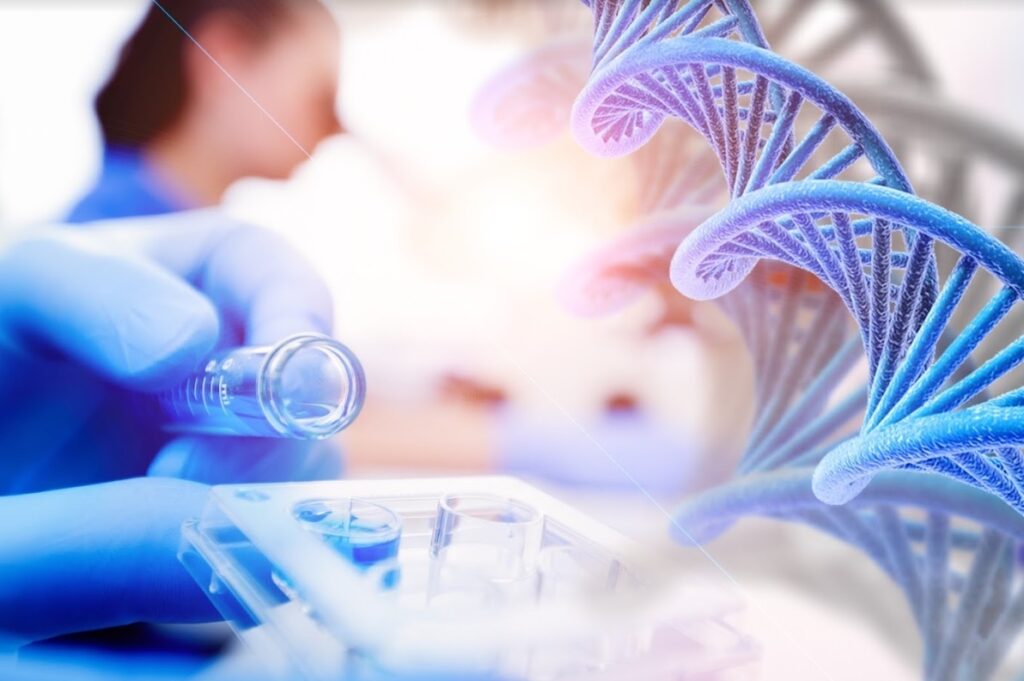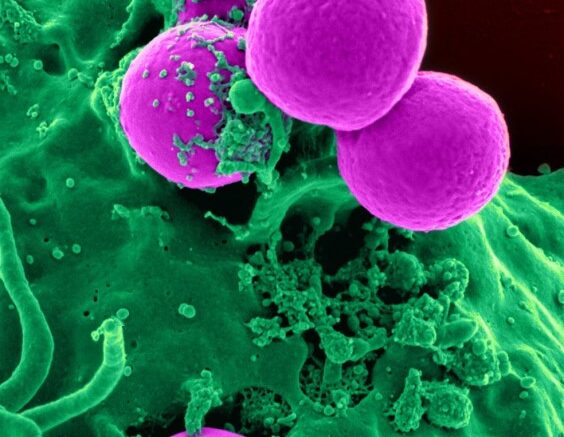Stem cells are required in bone marrow or hematopoietic transplants. The stem cells for these transplants come from three sources:
- Bone marrow
- Peripheral blood
- The umbilical cord of newborns
The source from which stem cells are taken depends directly on the purpose of the transplant.
In the past, stem cells were obtained mainly from bone marrow, but now the peripheral vein is considered the major source. Stem cells from umbilical cords are majorly used in children.
Purpose of Stem Cell Transplants:
Bone marrow transplant is a life-saving treatment for several diseases, namely leukaemias and lymphomas. The donated stem cells are used in these transplants.
Stem cells can be donated to help out a relative or even a stranger waiting for their treatment. After delivery, women should consider storing the stem cells of the umbilical cord through cell banking for later donation or use.
Risks Of Stem Cell Donation:
Bone Marrow Donation:
General anaesthesia is given to the donor, and stem cells are collected from the pelvic bone. The risks involving general anaesthesia are the major concern, which include:
- Sore throat
- Nausea and vomiting
- Teeth damage
- Lacerations
- Nerve injuries
- Anaphylaxis
- Malignant hyperthermia
The surgery itself might cause:
- Hip pain
- Tiredness
- Weakness
Analgesics are prescribed for the pain. It takes a couple of days to get back to routine tasks, but full recovery does not occur until two weeks.
Peripheral Donation:
The risks of stem cell donation from blood are very few. The injection for increasing stem cell count in the bloodstream can have a few side effects like
- Bone pain
- Muscle pain
- Headaches
- Nausea
- Vomiting
Some other side effects include:
- Numbness and tingling sensation around lips
- Hand cramping
- Chills

Preparation For Donation:
- National Marrow Donor Program is a nonprofit organisation working to manage the database of stem cell donors. Contact this organisation or your health provider if you’re willing to donate stem cells.
- You need to get thorough knowledge about the process before making a final decision.
- After finalising your decision, you will be asked to give a tissue sample that will help you match a patient requiring stem cells.
- You will sign a consent form, though you can change your decision at any point.
- HLA testing is done to match the recipient and the donor. The test helps in increasing the chances of a successful transplant.
- After matching a recipient, donors are tested to check if they have any infectious or genetic diseases. It will make sure that the donation is safe for both parties involved.
The age limitation to join the donation program is 40 years because the stem cells from young donors have more chances of success. The recipient or their insurance programs cover the costs.
Your Expectations As a Donor?
Bone marrow transplant donation will involve a surgical room. You will be given general anaesthesia. Needles will be inserted through the skin to reach the pelvic bone marrow. The process will take a couple of hours. After collecting bone marrow, you will be sent to a recovery room where you might have to stay the night.
For peripheral blood transplant, subcutaneous injections are given, which increase stem cells in the blood. Blood is taken out from the donor and passed through a machine that collects stem cells during the donation. The blood is returned to the donor’s body. The process is called apheresis. It takes 4-6 hours. Multiple sessions might be needed.
Conclusion:
Donating stem cells is a serious commitment. It is difficult to predict the outcome of your donation, but your contribution to life will always count!
